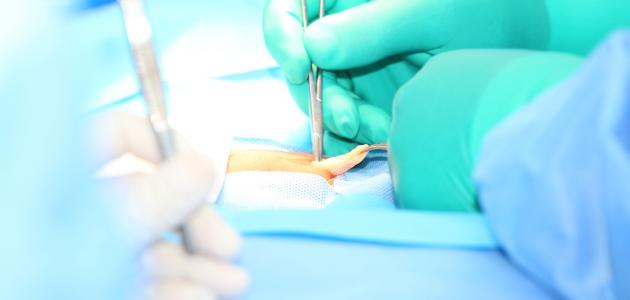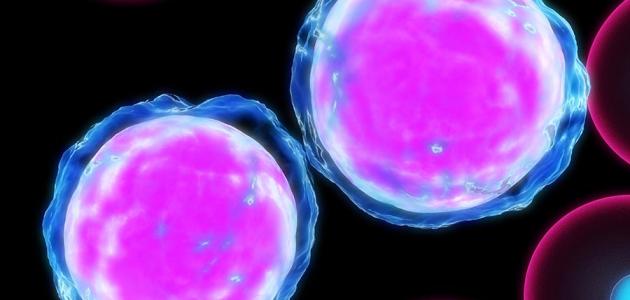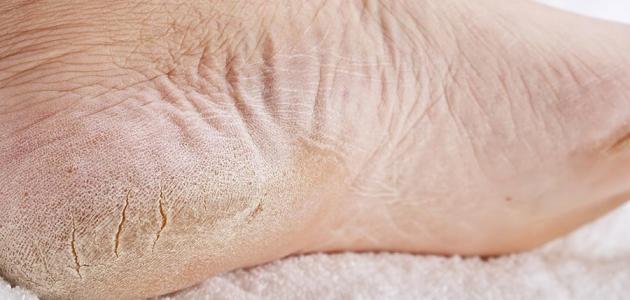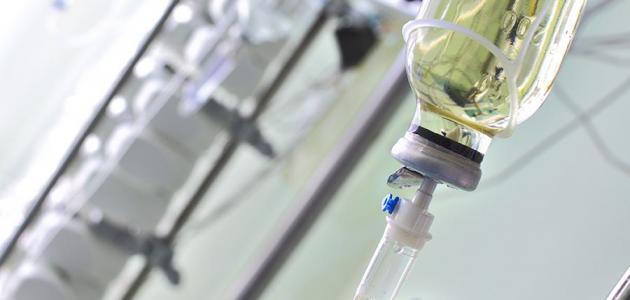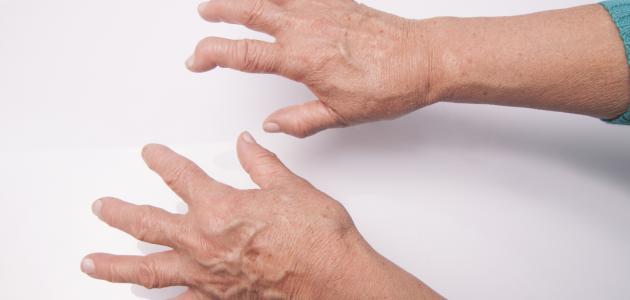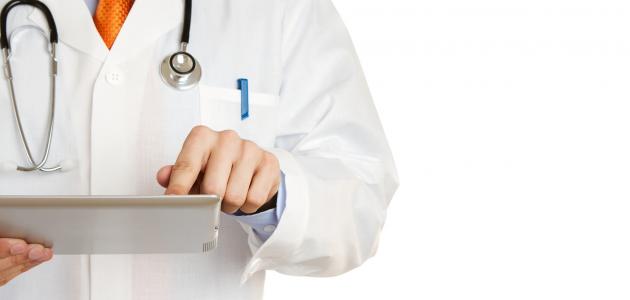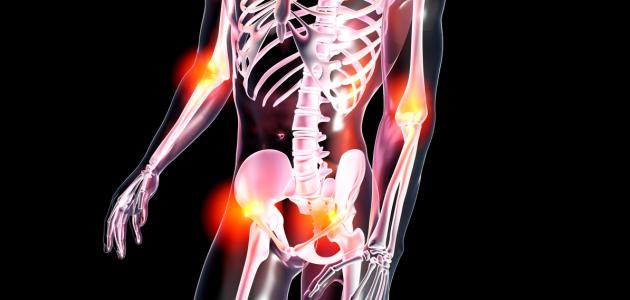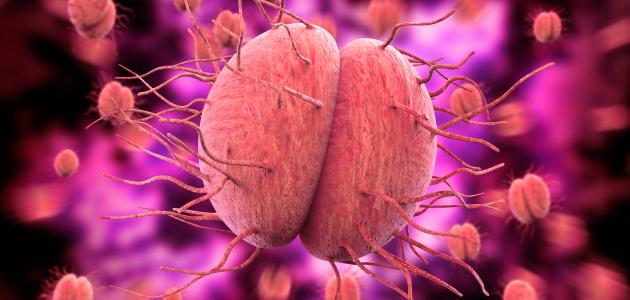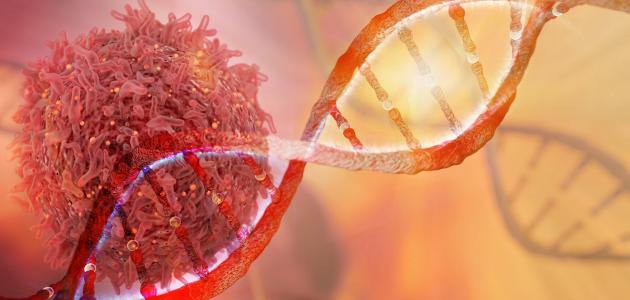Contents
Hernia
Hernia occurs when an organ pushes through an opening in the muscles , or the tissues that hold it in place, such as penetration of the intestine into a weak area in the abdominal wall, and in fact the hernia is more common in the abdominal area, but it can also appear in other areas From the body such as the navel, upper thigh areas, and groin, and it is worth noting that the hernia does not disappear automatically, but the patient may sometimes need to undergo surgery, to prevent complications that may be dangerous. [1]
Hernia symptoms
There is a group of symptoms that appear on people with a hernia, and the following is an explanation:
- Inguinal hernia: is inguinal hernia more types of abdominal hernia common, it affects more men than women, and in fact inguinal hernia occurs because of the pressure on the inguinal canal, which is a slot that allows the cord sperm and testicles descend from the abdomen to the scrotum This opening is supposed to close tightly after the descent of the testicle , but the pelvic muscles in this area may be weak, allowing a part of the small intestine, or the lipid membrane of the intestine to slide through this opening, causing pain and swelling. [2] It should be noted that the symptoms of an inguinal hernia are as follows: [3]
- Swelling of the area on either side of the pubic bone, and it becomes more pronounced when the patient is in an upright position, and especially when coughing.
- Feeling of burning or pain at the site of the bulge.
- Pain at the origin of the groin, especially when bending over, coughing , or lifting things.
- Feeling of heaviness or tugging at the origin of the thigh.
- Feeling of weakness or pressure in the groin area.
- Pain and swelling around the testicles, when the protruding bowel descends into the scrotum.
- Femoral hernia: occurs femoral herniaWhen fatigue, when the internal abdominal tissues push through the wall of the femoral canal through a weak spot in the muscles, and the femoral hernia appears as a bulge near the thigh, and in fact women are more likely than men to have a femoral hernia, but this type of hernia is not very common General, as most of the hernias affecting the groin are inguinal hernias, and femoral hernias constitute less than 3% of all types of hernia, and the patient may not realize that he has a femoral hernia in some cases, as small and medium-sized hernias do not cause any symptoms, as for hernias Large ones are more pronounced, and can cause some discomfort, and the swelling may appear in the groin area near the top of the thigh, and the swelling may get worse, and it can cause pain when standing, lifting heavy objects, or pressure in any way, and it may cause a hernia Femoral hip pain; Because it is very close to the hip bone, and in severe cases, a femoral hernia can lead to intestinal obstruction, which is a conditionSevere stomach pain, sudden groin pain, nausea , and vomiting. [4]
- Epigastric hernias: It is the appearance of a mass or bulges in the upper part of the abdominal wall, in an area known as the epigastrium, which is located above the navel and below the breastbone. In fact, this type of hernia may not cause any symptoms, but it may suffer many of the children 's symptoms at an early age, and symptoms that may appear in adults and children , especially pain when touching the area affected, and swelling in the abdomen , can be seen and felt, and it should be noted that some events such as stress, or crying, or bowel movement, you may It leads to suffering from these symptoms, and the symptoms may appear and disappear. [5]
- Secret: hernia occurs umbilical hernia when they are not integrated into the entire abdominal wall, which layers leads to the emergence of the intestine or other tissue from inside the abdominal cavity, through a weak spot around the navel, and generates about 20% of the children of Sri hernias, 90% of them close automatically, and usually the umbilical hernia can be seen when the child cries, laughs, or uses the bathroom, in the form of a bulge near the navel area, and most cases of umbilical hernia are not painful in children, but in adults the symptoms appear in the form of swelling Near the navel area, and it is usually very annoying and painful. [6]
- Hernia surgery: hernia surgery is hernia occurs in the abdominal wall, through the remaining scar from surgery earlier, such as the eradication of appendicitis or the process of cesarean delivery , as it is after the operation , the closure of the abdominal wall sutures layers, sometimes The wound may not heal properly or disintegrate with time, leading to the separation of these layers from each other, and this type is remarkably common, as it is estimated that at least 12-15% of abdominal operations lead to incisional hernias. [7]
- Hiatal hernia : A hiatal hernia occurs when the stomach pushes through an opening in the diaphragm, which represents the muscular wall that separates the chest cavity from the abdomen, and often a hiatal hernia does not cause any symptoms, but some may suffer From heartburn associated with gastroesophageal reflux disease, and it should be noted that a hiatal hernia can be divided into two types, namely, a sliding hiatal hernia, in which the stomach and the associated part of the esophagus push through The diaphragm to the chest, which is more common, and the second type, called a paraesophageal hernias, which occurs when part of the stomach alone, without the esophagus, pushes into the chest through the opening of the diaphragm, To become adjacent to the esophagus, and this type is less common than the first type, but it is more dangerous as it can lead to the stopping of blood flow to the stomach. [8]
Causes and risk factors of developing a hernia
Causes and risk factors for a hernia include: [2]
- Increased intra-abdominal pressure: This occurs due to a variety of conditions, including chronic coughing, increased fluid within the abdominal cavity, known as ascites, peritoneal dialysis used to treat kidney failure, and tumors in the abdomen .
- Lift heavy objects.
- Undergo abdominal surgeries.
- Pregnancy .
- Chronic constipation .
- Frequent vomiting.
- Obesity.
References
- ↑ "Hernia" , www.healthline.com , Retrieved 23-4-2018. Edited.
- ^ A b "What ' Is Hernia? The Symptoms, Pictures, Types, Surgery & Pain" , Www.medicinenet.com , Retrieved 23-4-2018. Edited.
- ↑ "Inguinal hernia" , www.mayoclinic.org , Retrieved 23-4-2018. Edited.
- ↑ "Femoral Hernia" , www.healthline.com , Retrieved 23-4-2018. Edited.
- ↑ "What's to know about epigastric hernia?" , www.medicalnewstoday.com , Retrieved 23-4-2018. Edited.
- ↑ "Umbilical Hernia" , www.healthline.com , Retrieved 23-4-2018. Edited.
- ↑ "Incisional Hernia" , www.hernia.org , Retrieved 23-4-2018. Edited.
- ↑ "Hiatal Hernia" , www.webmd.com , Retrieved 23-4-2018. Edited.
